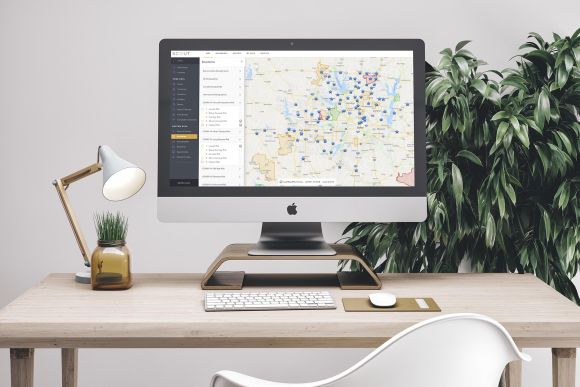To say that consumer behavior has dramatically changed in just a few short months is an understatement. As the world emerges from a history-making pandemic, healthcare organizations of all types are left asking, “how does my access strategy need to change to be relevant in this new world?”
It may be tempting to assume that the changes the healthcare industry will make in the coming months are all the result of the COVID-19 pandemic. While there will undoubtedly be some changes directly attributable to the pandemic, the reality is that things were already changing.
Consider just a few of the things that were happening in a pre-pandemic world:
- Patients were thinking more like consumers. They were demanding convenience, easy access to medical care, transparency, and more control over their healthcare decisions.
- Healthcare organizations were responding. They were opening more outpatient clinics to reach consumers in their neighborhoods, integrating technology for on-demand access to medical information, and experimenting with virtual care.
The bottom line is that access strategies were already shifting in dramatic ways.
Then the COVID-19 pandemic happened. It accelerated those changes in consumer behavior, pushing consumers toward technology-based channels at a faster rate. As a result, an access strategy will continue to shift in response to even more rapidly changing consumer behavior.
To understand what those changes mean for your healthcare organization’s strategy, you need to understand who your patients were and how they engaged with your network before COVID-19, and then measure how that is changing during and after the pandemic.
The task may seem daunting, but consumer analytics can be a helpful tool to guide the process. In this three-part blog series, we’ll discuss how to understand changes in your unique consumer base, how to apply those insights to your facilities and market planning decisions, and finally how to apply those insights to your marketing strategy.
Understanding the Evolution of Consumer Behavior
Before making changes to your organization’s access strategy, you need to develop a solid understanding of who your consumers are and how they interact with your organization.
Start With a Baseline
To understand how things are different today, you first need to define how they were. Revisit your consumer and visits data before the COVID-19 outbreak. If you haven’t already, take the time to compile the following analysis:
- Develop consumer profiles by service line and by channel. It’s critical to understand the core groups of consumers who interact with each of your service lines and delivery channels. For the most actionable insights, these profiles need to go beyond basic demographic information and include consumer psychographics and behaviors.
- Calculate baseline visit metrics by service line and by channel. In addition to understanding who is interacting with your service lines and delivery channels, you also need to understand the average volume of interactions for each category.
Measure How Things Are Changing
Once your baselines are established, conduct the analysis again using data collected during the COVID-19 pandemic. You will want to continuing conducting the analysis on a periodic basis throughout the recovery so you can measure changes over time, determining the impact to your current strategy.
- Update your profiles by service line and by channel. Compare the results to the baseline profiles. Which types of consumers are continuing to engage with you? Which have stopped engaging with you? Which have shifted to a new channel that they have not used previously – like virtual care? Noting key differences can help you make decisions about how your access strategy may need to change.
- Pull new visit metrics by service line and by channel to compare volumes. Again, compare the results to your previous baselines. What’s the percent change by service line and by channel? Are there any categories that seem to be outperforming the others? How warmly did your core consumers embrace virtual care during the pandemic?
If gathering the patient and visits data necessary for the analysis and sharing it with an outside partner is something your organization is unable to accommodate in a timely fashion, mobile analytics can be used to keep a pulse on visit volumes and the types of consumers visiting your facilities. While mobile analytics cannot necessarily differentiate between visits for different service lines at a multi-specialty facility, it is still an insightful source for rapid insights without the use of patient records.
Apply the Insights to Your Access Strategy
Establishing a strong understanding of how consumer behavior is changing is the first step in designing a successful access strategy for the future. In parts 2 and 3 of this series, we’ll be discussing how to apply these insights to two areas that play an important role in your overall access strategy: your facilities and your marketing.
Need help understanding how your consumer base is evolving? Contact us today to learn how our analytics can help.


